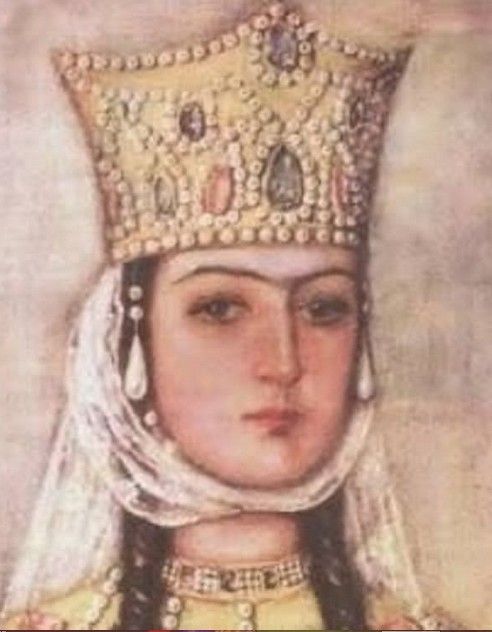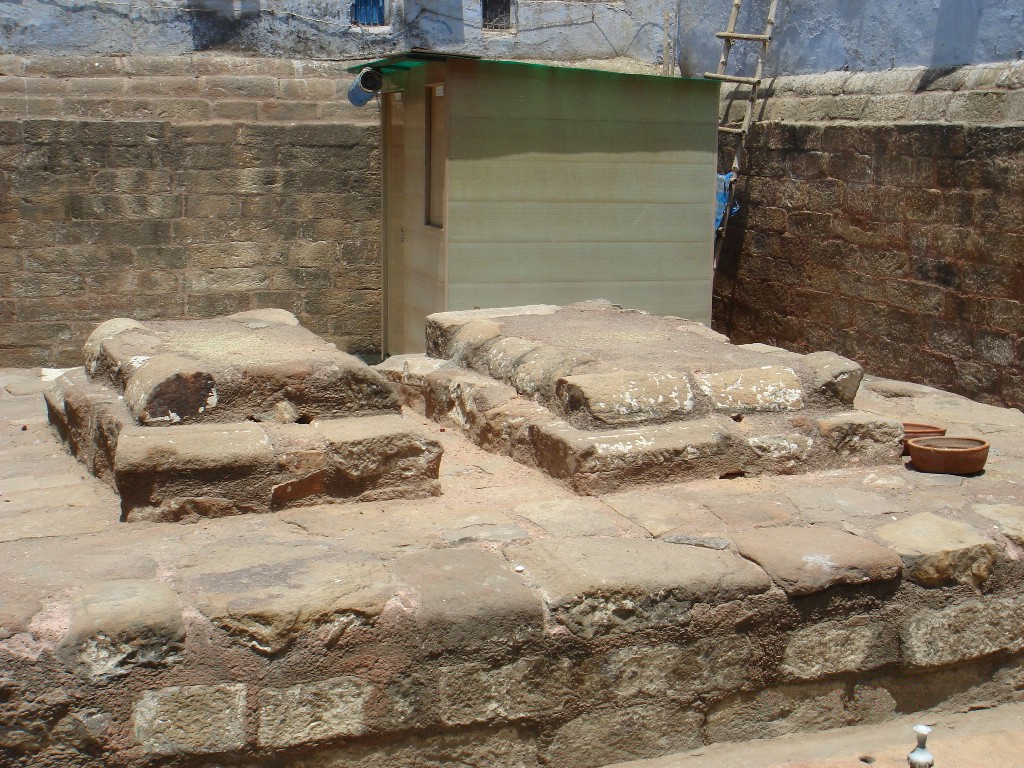
All the rulers who ever sat on the throne of Delhi Sultanate are lying in their graves, upon whose tombstone the name of the occupant is inscribed. Even the most ineffective ruler has been pardoned that much respect. Except one. The only woman ruler who sat on the throne for three long years, Razia Sultana.
The Unmarked Grave of Razia Sultan
Near the Turkman Gate, she is lying in her grave, unmarked and unnamed, surrounded by the narrow alleys. There are two unmarked graves in that premise and even the greatest historian could not tell with complete surety that which one is of Razia. But her tragedy did not start from the forgetfulness of her grave. Like any rebel, her whole life was full of this; tragedy.

The Female Ruler of Delhi
She was the first child of Slave Dynasty ruler Shamsuddin Iltutmish. Before ascending on the throne, she had administered Delhi when her father was in Gwalior. After maiming fierce opposition from her debauched brothers and many nobles of the court, she became the first and only female ruler of Delhi. Those nobles who supported her at that time had only their own hidden agendas. They thought that she would merely be a figurehead and all the powers would be exercised by her loyal nobles. But soon after her coronation, they realized that they were wrong.
The Rule of Razia Sultan
They imagined her to be soft, but she was bold. They imagined her to be the queen who travels in a chariot, but she rode horses. They imagined that she would say ‘yes’ or ‘no’ from behind the veil, but she gave sermons standing on the stage wearing clothes usually worn by men. They witnessed everything opposite of what they had imagined.
She was exactly what the society, governed by patriarchal dogmas, did not want her to be: A Rebel.
As Majaz has said in this couplet:
Tere maathe pe ye aanchal bohot hi khoob hai lekin, Tu is aanchal se ek parcham bana leti to accha tha.
Majaz
“The scarf on your forehead looks so beautiful, Had you turned it into a flag it would have been much better.”
And she, Razia Sultana, was the flag bearer of her rights and dignity. Throughout her life, she had fought for herself, for her people, for her rights. And she will be remembered by the victims of the sexiest, patriarchal society, as their source of inspiration.
Vendetta after Death
Her successor and her half-brother, Muizuddin Bahram, had denied her dead body to be buried in the Mehruli’s graveyard beside her father’s grave. He feared that it would make her personality eternally inscribed in the history of Delhi Sultanate. So, she was buried in a desolate place (there was no Turkman Gate in the 13th century). That place is said to be the hospice (khanqah) of a Sufi saint named Shah Turkman Bayabani. She was a devotee of this saint.
The Legacy of Razia Sultan
The unnamed grave in Bulbuli Khana does not define her personality. Her name and bravery have surpassed the culture of beautiful-tomb-of-great-rulers. She lived a life on her own terms and conditions. She became a symbol of rebellion.
And for that unnamed grave, this line of Shakespeare’s Hamlet would be enough, “For in that sleep, what dreams may come.”

Wow!! …. Although the mark of her grave may not be present, but she is still in the memory of the people.